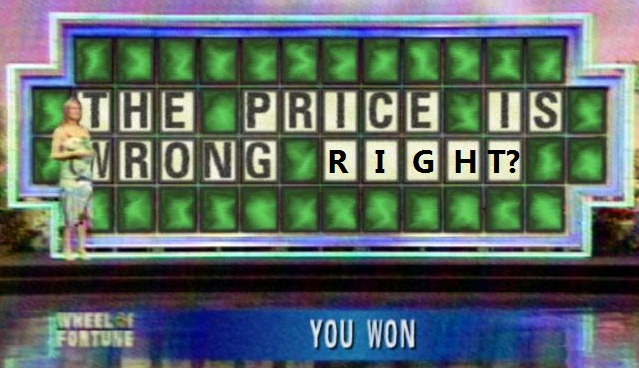Undertake any marketing-related course and you’ll come across the infamous 4 Ps of the marketing mix. It is to business degrees as drummers are to rock bands, ever-present yet disconcertingly easy to lose track of.
These four elements – product, price, place and promotion – are as crucial to music marketing as they are to any other product or service.
Though the words are easy to understand, the difficulty for artists often lies in translating the underlying concepts to your own creations. You may get one or two right but overlook the remainder. Even factoring all of these elements into your interactions with fans, if they’re not pulling in the same direction then your efforts are diluted at best, pulling each other apart at worst.
This is why I want you to visualize the marketing mix in more familiar terms, by framing them as manning your virtual merch table.
Translating the 4 Ps to Your Music Marketing Mix
Picture a merch table at a live music event.
Broadly-speaking, the following three elements are are in play:
- Concert attendees flooding in and out of the venue. More often than not they will have to pass by the merch table as they do so, providing a place for fans to gather. So this is a place where people gather… ideally your people. Your fans.
- The merch table itself is the physical attraction, providing a reason to linger and items to consider. There are other distractions around, but the table content is a constant representing both the product and price elements of the marketing mix. Both can be directly translated to what is available for purchase and how much it costs.
- Finally, there are those manning the merch table. This could be anyone from a disinterested venue employee to a hardcore fan of yours or, even better, you yourself. In this way, those who man the merch table represent the promotion aspect (or lack thereof). Without this element, no one is pushing your products and no sales will result (although some light thievery is may replace them).
There are several fundamentals of marketing that sticks in the memory, and specifically if any of these elements above are missing or not paid sufficient attention, either the fan experience suffers or sales do. In many cases, both will take a hit.
Fail to position the table in the correct place and you could miss a large portion of your potential audience. Offer insufficient product diversity or excessive pricing and you can miss or alienate those whom you do manage to attract. And without a passionate advocate to engage those with an interest, potential fans could easily wander off, never to be heard from again.
Your online marketing is like a virtual merch table, affected by many of the same dynamics and negatively impacting your relationships with fans if a particular area is neglected.
But how to set up and man a successful virtual merch table?

Image Credit: Denise (Flickr)
The Month Ahead…
Each Monday in February I will be elaborating on each one of the three elements mentioned above, offering a deeper explanation of how it translates to your online music marketing and practical steps that you can take to develop that area of your web presence.
The goal is to provide a clear analogy and a variety of takeaways from each article in the series, some quick wins that you can apply immediately, others exercises that you can roll out over several months. As such, there will be companion content, further reading, and insider extras available via the e-mail newsletter, which you can sign up for here.
I intend to commit plenty of time to the conversation and follow up that I hope this series will generate, so comment below, join me on Facebook or say hi on Twitter with anything you have to . You can also track the #ManYourMerch hashtag on Twitter for daily tips & updates on the subjects we cover here.
So there you have it… all that remains is to get involved!







.